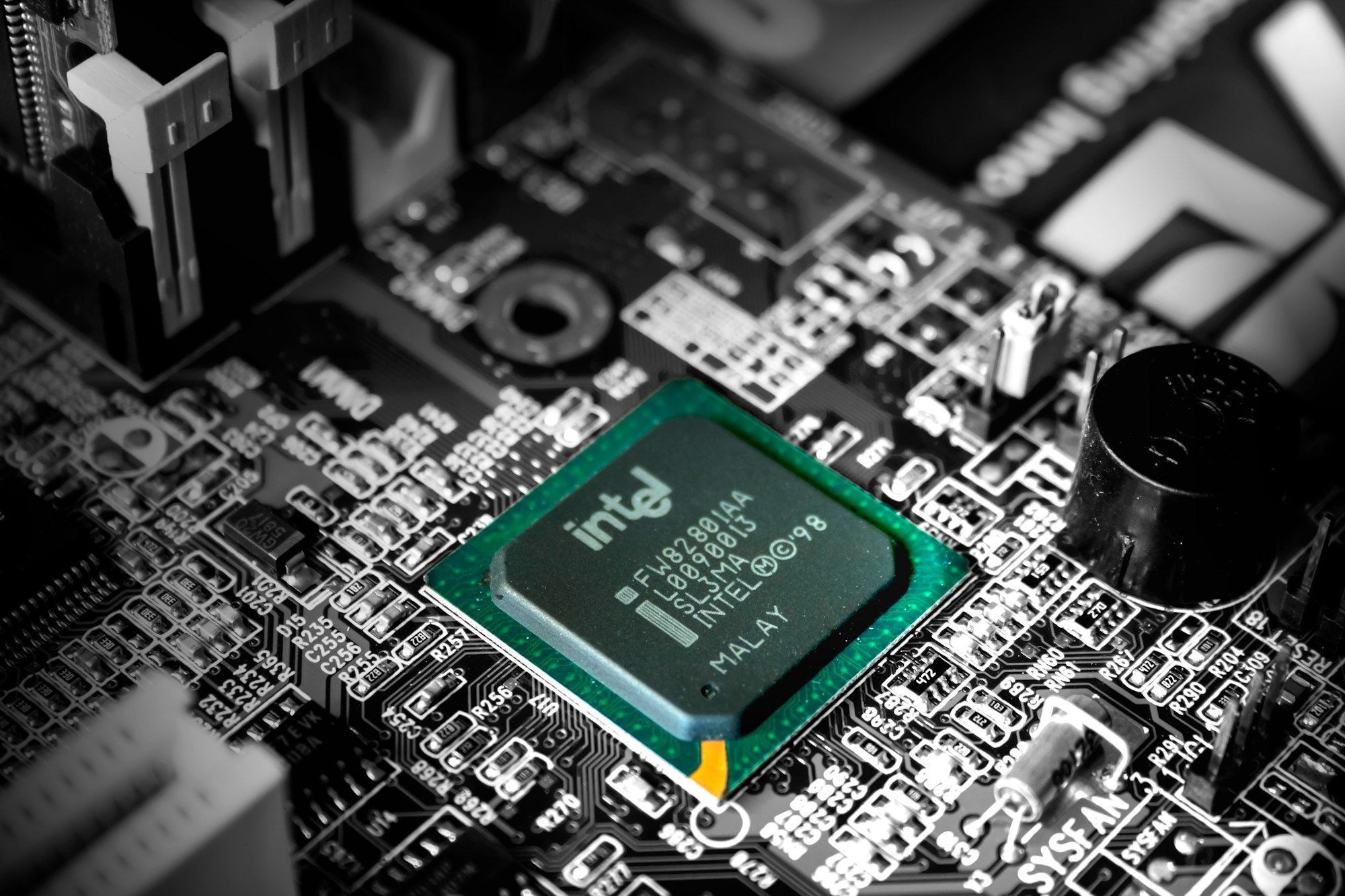The U.S. wants Malaysia to crack down on the flow of AI chips
As the U.S. tightens its grip on global AI chip exports, Malaysia finds itself stuck between Nvidia’s supply chain and China’s growing hunger for compute power.
Malaysia hasn’t exactly been trying to pick sides in the U.S.–China chip war, but it may not have much of a choice anymore. According to media reports, the U.S. wants Malaysia to start tracking every high-end Nvidia chip that enters the country.
That’s because there’s growing concern that some of those AI-powering GPUs are still quietly ending up in China—despite export restrictions.
Malaysia’s Trade Minister Zafrul Aziz says the U.S. doesn’t just want logs and invoices—they want proof that Nvidia chips land in the right data centers and don’t mysteriously jump ship along the way. To ease the pressure, he says Malaysia is forming a task force to tighten rules around its fast-growing data center scene.
The timing of all this probably has something to do with DeepSeek. Earlier this year, the Hangzhou-based startup surprised everyone when its new AI model claimed performance on par with OpenAI’s ChatGPT—but at a fraction of the cost.

That kind of leap raised eyebrows. Some suspect DeepSeek may have gotten its hands on restricted Nvidia hardware, possibly through third-party suppliers in Malaysia or Singapore—which, notably, accounted for 22% of Nvidia’s global sales last year.
In fact, Malaysian authorities are digging into a $390 million fraud case involving server shipments routed through Singapore. Some of those servers may have contained banned Nvidia GPUs and passed through Malaysia on their way to… well, somewhere else.
However, China isn’t just waiting around. Huawei is reportedly developing its own high-end AI chip—one that could eventually challenge Nvidia’s dominance in China. But until that chip’s ready, Nvidia remains the crown jewel of global AI development—and the U.S. is ramping up efforts to keep it locked down.
Malaysia, for now, is just caught in the crossfire. And as Minister Zafrul put it, tracking shipments sounds easy—until it’s not.









